How To Make A Uv Pass Filter?
Creating a UV pass filter can be a fascinating project, especially if you are involved in applications requiring specific wavelength filtering, such as photography, scientific experiments, or even certain industrial processes. A UV pass filter allows ultraviolet light to pass while blocking other wavelengths, making it essential for capturing detailed images under UV illumination or protecting equipment from unnecessary exposure. Here's a detailed guide on how to make a UV pass filter, along with practical considerations and steps to follow.
Introduction to UV Pass Filters
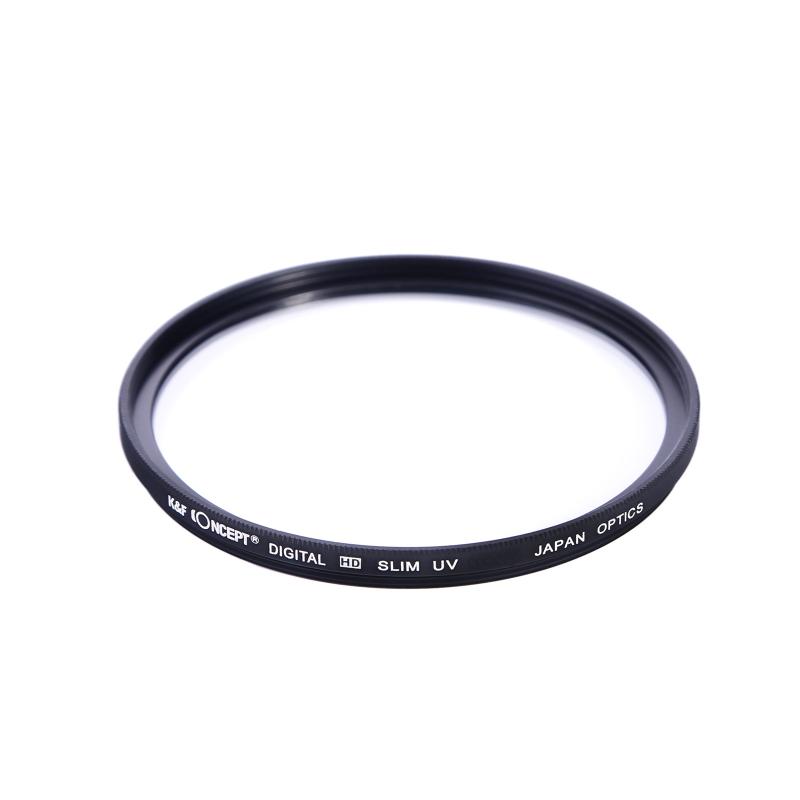
UV pass filters are specialized optical devices designed to filter out all but the ultraviolet (UV) spectrum from a light source. These filters can be utilized in various fields including:
1. Photography: Enhancing image detail under UV lighting.
2. Scientific Research: Examining specimens that fluoresce under UV light.
3. Industrial Applications: Monitoring processes that require UV detection.
Given their broad range of uses, understanding how to create an effective UV pass filter can save costs and provide customized solutions for your needs.
Materials and Tools You Will Need
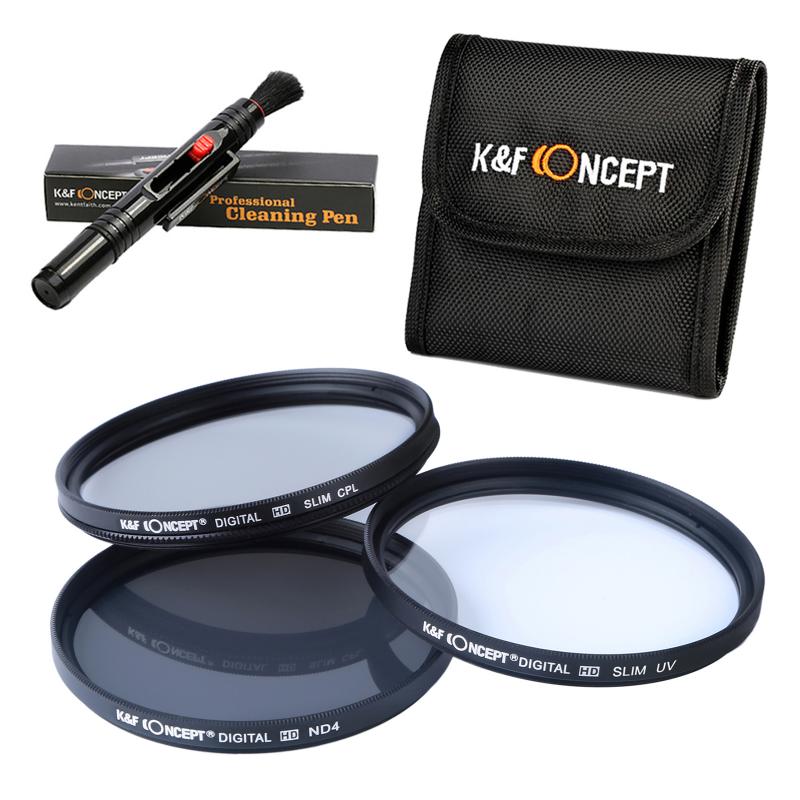
Before diving into the production process, gather the following materials and tools:
1. UV Transmitting Glass or Material: Materials like fused silica or specific types of quartz glass are excellent choices. These materials transmit UV light while blocking visible and infrared spectrums.
2. Cutting Tools: To shape the glass or material according to your requirements.
3. Polishing Equipment: Ensures that the edges are smooth, reducing scattering and enhancing performance.
4. Coating Solutions: You may need special coating materials to further enhance UV transmission and block unwanted wavelengths.
5. Measuring Instruments: UV light meters and spectrophotometers to test the filter's performance.
6. Protective Gear: UV light protection for your eyes and skin to ensure safety during the process.
Step-by-Step Guide to Creating a UV Pass Filter
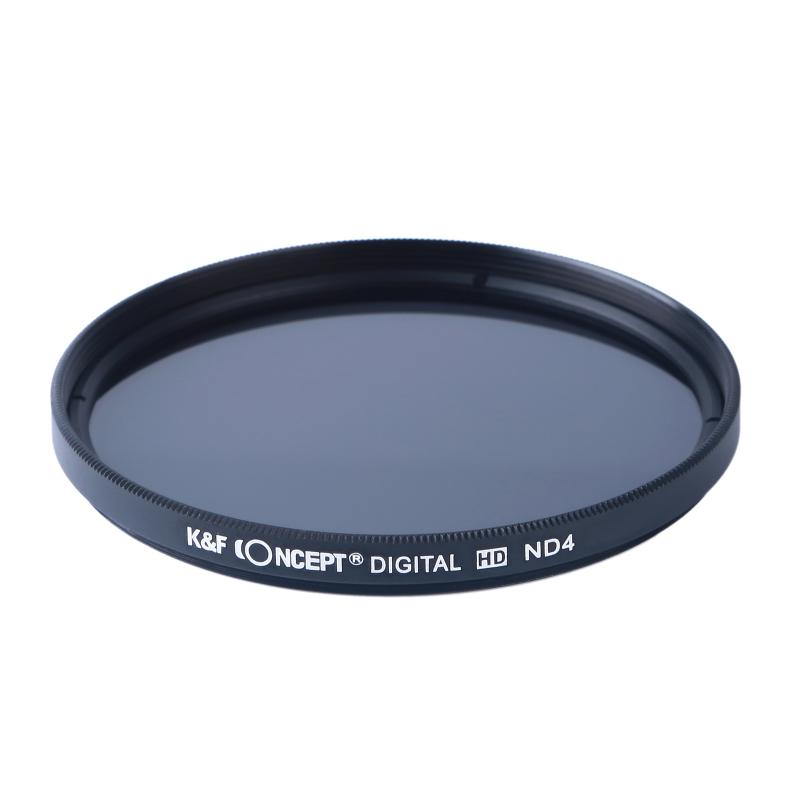
Step 1: Selecting the Right Material
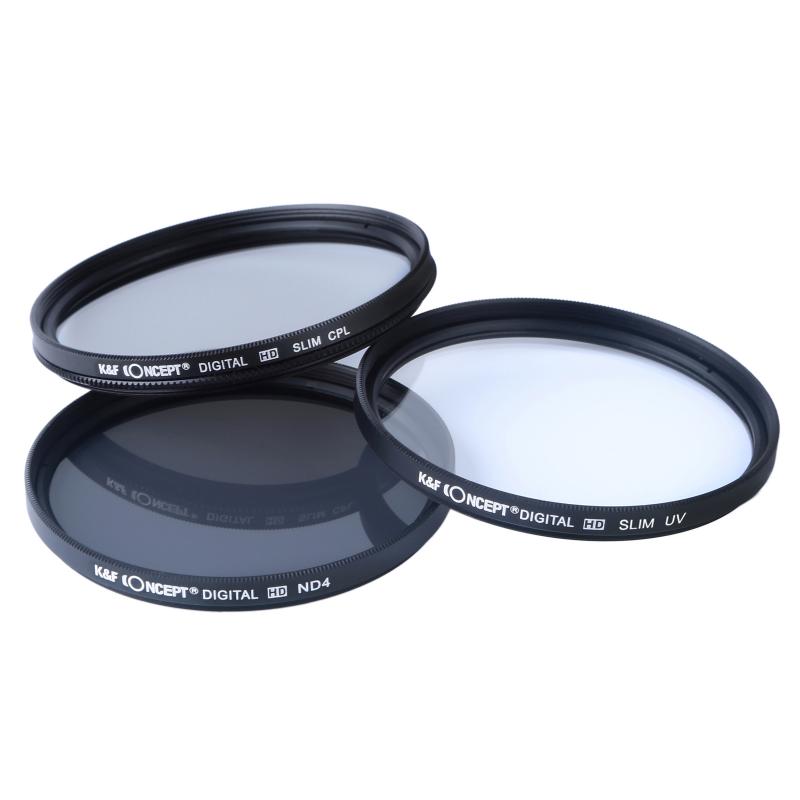
The first and most crucial step is selecting a suitable UV transmitting material. Fused silica and certain types of quartz are ideal due to their high transmission rate of UV light.
- Fused Silica: With a UV transmission rate of over 90% for wavelengths between 200-400 nm, it’s highly effective.
- Quartz Glass: This is also an excellent choice, with a similar transmission rate.
Step 2: Cutting the Material
Once you have selected your material, you need to cut it into the desired shape and size. Use precision cutting tools to get clean, accurate edges.
- Pro-tip: If you are unfamiliar with glass cutting, seek professional help to ensure precision and safety.
Step 3: Polishing the Edges
Polishing the edges is essential to remove any micro-abrasions that could scatter light and reduce the efficiency of the filter. Use appropriate polishing tools and materials:
- Fine Grit Polishing Pads: These are effective for achieving a smooth edge.
- Polishing Compounds: Improve the final finish and ensure maximum UV transmission through the edges.
Step 4: Applying Coatings
Applying a coating can significantly improve the performance of your UV pass filter. These coatings can block out unwanted visible and infrared light while allowing UV light to pass through.
- UV Optical Coatings: These specialized coatings are available commercially and can be applied using a spray or dip-coating process.
- Vacuum Deposition: For a more professional and durable coating, vacuum deposition offers a uniform layer and excellent performance.
Step 5: Testing the Filter
After constructing your filter, testing it is imperative to ensure it meets the required specifications. Use spectrophotometers and UV light meters to measure the transmission rates:
- Spectrophotometer: Measures the wavelength distribution of light passing through the filter.
- UV Light Meter: Measures the intensity of UV light passing through the filter.
Step 6: Assembling the Filter
Once tested, if the filter meets the desired specifications, assemble it into your device or mount it as required. Ensure it is securely positioned to avoid any unwanted movement that can affect performance.
Practical Considerations and Tips
1. Maintain Cleanliness: Ensure that the working environment is clean to avoid contamination on the filter surface. Dust or smudges can significantly affect performance.
2. Storage and Handling: UV pass filters are delicate and should be handled with care. Store them in protective cases to prevent scratches and physical damage.
3. Safety First: Always wear protective gear when handling UV light and filter materials. UV light can be harmful to your eyes and skin.
Troubleshooting Common Problems
Despite following the steps meticulously, you may encounter some challenges. Here are common issues and how to address them:
1. Low UV Transmission: Ensure the material and coatings used are of high quality and appropriate for UV light.
2. Visible Light Leakage: Reapply or use a better-quality coating to improve blocking of visible light.
3. Scratched Surface: If the filter surface is scratched, repolish or replace the material as scratches significantly degrade performance.
Creating a UV pass filter involves selecting the right materials, precise cutting, polishing, coating, and thorough testing. By following this guide, you can customize a UV pass filter tailored to your specific needs, whether for photography, scientific research, or industrial applications. Remember, the quality of the material and meticulous attention to detail in every step is crucial for creating an effective and reliable UV pass filter.
With the knowledge and steps provided, you can embark on making your own UV pass filter, potentially saving money and achieving customized specifications suitable for your unique projects. The process can be intricate, but the rewards of a well-functioning UV filter are invaluable in applications that depend on precise light management.



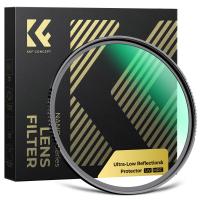

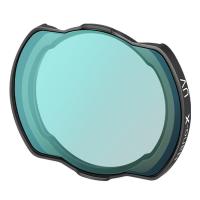


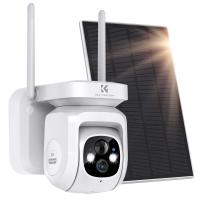

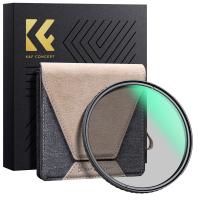

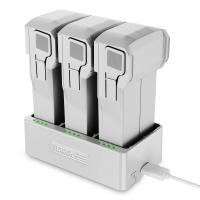

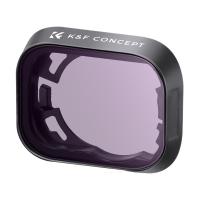

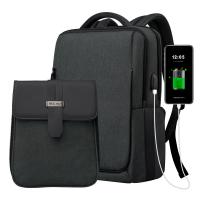
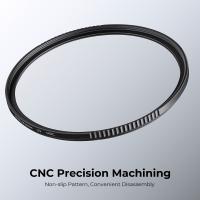



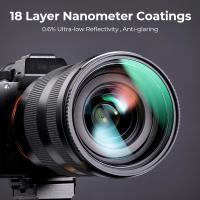
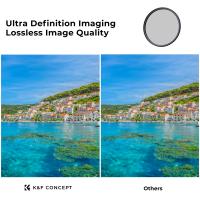
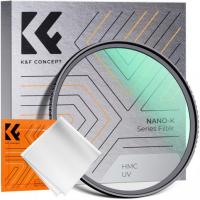

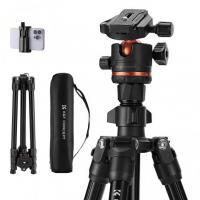



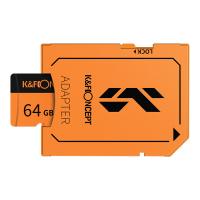
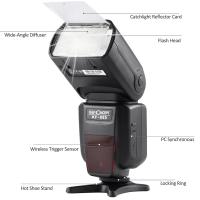

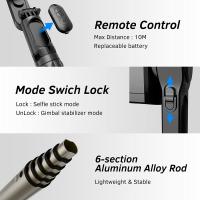
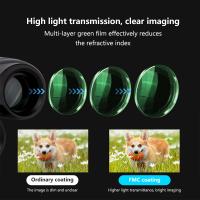
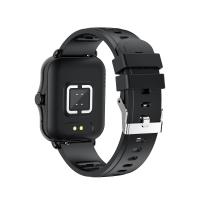
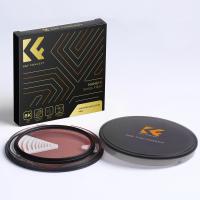
There are no comments for this blog.